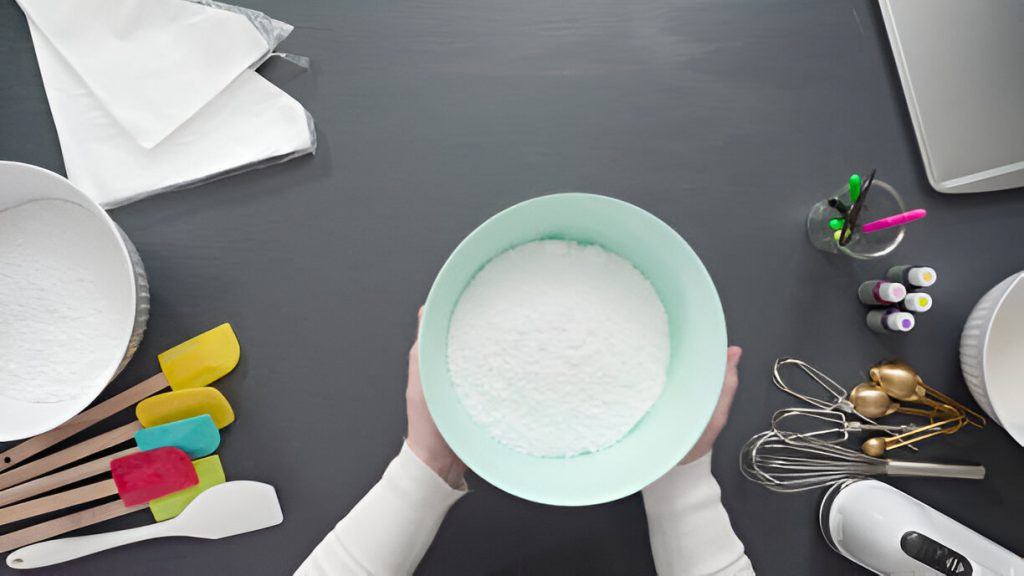If your morning coffee starts to taste a bit off, it might be time to give your trusty coffee maker a good cleaning. In this guide, you’ll learn how to easily clean your coffee maker using simple supplies and steps. Say goodbye to stale brews and hello to fresh, delicious coffee every morning!
Gathering the Necessary Supplies
Before you start cleaning the coffee maker, make sure you’ve got all the supplies needed. For deep cleaning and to prevent mold buildup, gather white vinegar, water, a microfiber cloth, dish soap, and a soft brush. Maintenance tips suggest using proper supplies like coffee machine cleaners or descaling solutions for regular upkeep. To begin the cleaning process, mix equal parts of water and vinegar in the reservoir and run a brewing cycle. Then, rinse with water to remove any vinegar residue. Wipe down the exterior with a damp cloth and mild soap. Remember to clean removable parts like the carafe and filter basket separately. By following these steps and using the right materials, your coffee maker will stay in top condition for delicious brews every time!
Preparing the Cleaning Solution
Once you’ve gathered the ingredients, it’s time to mix the cleaning solution. For a sparkling coffee maker, try these deep cleaning techniques using common household items:
| Ingredient | Purpose | Instructions |
|---|---|---|
| Vinegar solution | Descale and disinfect | Fill the water reservoir with equal parts vinegar and water. Run a brewing cycle halfway, then let sit for an hour before completing the cycle. |
| Baking soda | Deodorize and scrub | Make a paste with baking soda and water. Scrub the carafe and filter basket thoroughly, then rinse well. |
| Citrus cleaner | Freshen up | Mix citrus cleaner with water and run a brewing cycle to eliminate any lingering odors. |
Finish by doing a hot water rinse to ensure no residue remains in your coffee maker.
Cleaning the Carafe and Filter Basket
To freshen up the carafe and filter basket, you’ll want to use a mixture of citrus cleaner and water before rinsing thoroughly. Proper scrubbing techniques involve using a soft-bristled brush or sponge to gently scrub off any coffee stains or residue. For tough stains, let the cleaner sit for a few minutes before scrubbing. Maintenance tips include cleaning your carafe and filter basket after every use to prevent mold growth. After cleaning, make sure to dry both parts completely to avoid any lingering moisture that could promote mold development. To enhance stain removal, consider soaking the components in warm soapy water before scrubbing. By following these steps regularly, you can keep your coffee maker clean and free from harmful mold growth.
Descaling the Coffee Maker
When descaling, you should mix equal parts of vinegar and water to effectively remove mineral buildup from your coffee maker. To ensure you descale effectively, follow these steps:
- Prepare the Vinegar Solution: Mix equal parts of white vinegar and water in the coffee maker’s reservoir.
- Run a Brew Cycle: Start a brew cycle without any coffee grounds. Let the vinegar solution run through the machine.
- Rinse and Repeat: After the cycle is complete, run two cycles with clean water to eliminate any vinegar residue.
- Regular Maintenance is Key: Descale your coffee maker every 1-3 months to keep it running smoothly, avoiding buildup and preventing clogs.
Cleaning the Exterior of the Machine
Regularly wiping down the exterior of your machine with a damp cloth helps maintain its appearance and cleanliness. To achieve that exterior shine and spotless finish, focus on stain removal and polish perfection. Start by dampening a cloth with warm, soapy water to wipe away any smudges or spills. For tougher stains, consider using a mild cleaning solution recommended by the manufacturer. Scrub gently in circular motions to bring back the surface sparkle. Remember to dry the machine thoroughly after cleaning to avoid watermarks or streaks. By incorporating these simple steps into your routine, you can ensure that your coffee maker not only brews delicious coffee but also looks sleek and well-maintained on the outside.
Cleaning the Water Reservoir
Make sure you wipe down the water reservoir with a damp cloth to remove any residue or buildup. When cleaning your coffee maker’s water reservoir, here are some essential steps to follow:
- Deep Cleaning: Periodically soak the reservoir in a vinegar solution to break down mineral deposits and grime.
- Mold Prevention: Ensure the reservoir is completely dry before reassembling it onto the machine to prevent mold growth.
- Regular Maintenance: Clean the reservoir at least once a month to keep your coffee maker working efficiently.
- Troubleshooting Tips: If you notice any unusual odors or discoloration in the reservoir, consider replacing it as part of maintenance.
Removing Hard Water Deposits
After cleaning the water reservoir, it’s time to tackle those stubborn hard water deposits in your coffee maker. To effectively remove them, you can use a variety of natural cleaning solutions such as a vinegar solution, citric acid, lemon juice, or a baking soda scrub. These options are gentle yet powerful on mineral buildup. White vinegar is particularly effective due to its acidic nature that dissolves the deposits without causing damage to your machine. Here’s a helpful table showing different natural cleaning options:
| Cleaning Solution | Effectiveness | Ease of Use |
|---|---|---|
| Vinegar Solution | High | Easy |
| Citric Acid | Medium | Moderate |
| Lemon Juice | Low | Easy |
Choose the option that best suits your needs and get rid of those pesky hard water deposits in no time!
Cleaning the Brewing Mechanism
When tackling the brewing mechanism, you’ll want to focus on areas where residue buildup can affect your coffee’s taste. To ensure a great cup every time, here are some essential tips:
- Deep Cleaning: Regularly dismantle and clean removable parts like filters and carafes thoroughly.
- Maintenance Tips: Run a mixture of water and vinegar through the machine monthly to descale and remove any mineral buildup.
- Troubleshooting Issues: If your coffee tastes off, check for clogs in the brew basket or mineral deposits in the water reservoir.
- Preventing Mold: After each use, make sure all parts are dry before reassembling to prevent mold growth.
Reassembling the Coffee Maker
To reassemble correctly, ensure all parts fit snugly together before using the machine again. Proper reassembly is crucial in avoiding mistakes that could affect your coffee maker’s performance. When reattaching parts correctly, pay close attention to how each piece fits back into place. This step is essential for ensuring functionality and preventing any leaks or malfunctions. Once you have completed the reassembly process, conduct a final inspection of the coffee maker to double-check that everything is in its proper position. Taking the time to reassemble your coffee maker accurately will not only extend its lifespan but also guarantee a delicious cup of coffee every time you brew.
Testing the Cleaned Coffee Maker
Check that all the parts are correctly reassembled before plugging in and using it again. Now, it’s time to put your freshly cleaned coffee maker to the test. Here’s what you should do:
- Taste Test: Brew a fresh pot of coffee and savor the first sip. Notice how the cleanliness impacts your satisfaction.
- Brew Comparison: Compare the taste of coffee brewed before and after cleaning. Is there a noticeable difference in flavor?
- Aroma Evaluation: Take a deep breath as the coffee brews. Notice if the aroma is more pronounced now that your machine is freshly cleaned.
- Coffee Quality: Evaluate the overall quality of your post-cleaning coffee experience. Are you enjoying a better cup of coffee?
Remember these maintenance tips for long-term benefits. Regularly clean your coffee maker to maintain optimal performance and enjoy consistently great-tasting coffee.




